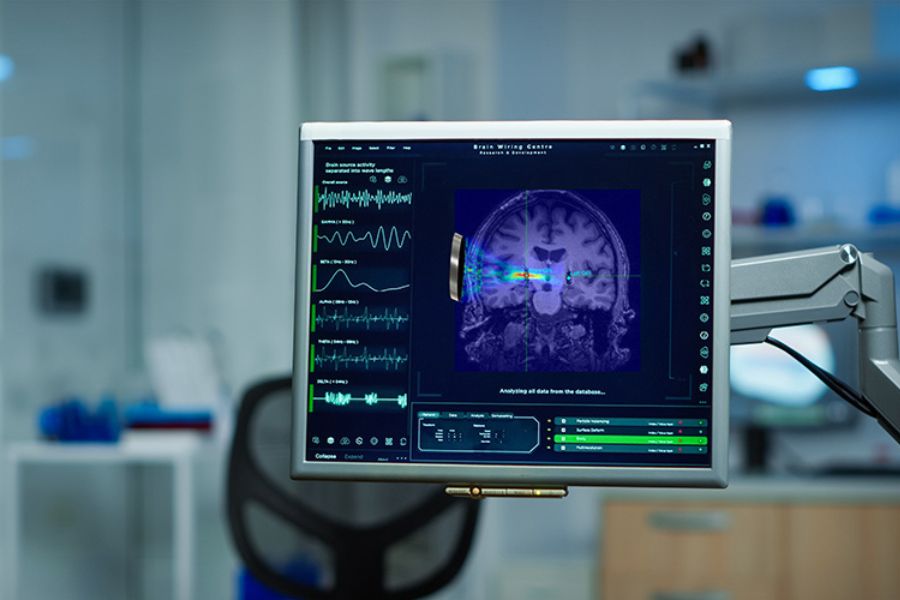The adult C. elegans nematode, or roundworm, has 302 neurons – one third of all the cells in its body. (Photo: Getty Images)
Researchers at University Health Network’s Krembil Brain Institute have developed an experimental model for early-stage Parkinson’s disease using Caenorhabditis elegans, a small transparent worm.
They also incorporated the model into a drug-screening pipeline to rapidly identify potential therapies for Parkinson’s disease.
Currently, experimental models of early-stage Parkinson’s disease are limited. Such models are needed for the discovery of new therapies.
A research team led by Drs. Lorraine Kalia and Suneil Kalia explored whether the roundworm C. elegans could be used to address this issue. C. elegans is particularly well-suited for studying neurons because scientists have mapped this animal’s nervous system in exquisite detail.
Parkinson’s disease is associated with the accumulation of the protein alpha-synuclein in neurons. The protein can kill the neurons that control movement. Because these cells do not regenerate, researchers are looking for ways to detect and treat the disease in its early stages.
“Our C. elegans model has an alpha-synuclein defect that causes motor dysfunction – worms with this defect coil up much more frequently than worms without it,” says Dr. Lorraine Kalia, Senior Scientist at the Krembil Brain Institute. “At the molecular level, the neuronal processes that occur in these worms are similar to those that occur in humans with early-stage Parkinson disease.”

The team used artificial intelligence to rank a library of drugs approved for human use based on their potential to reduce alpha-synuclein accumulation. They next tested the six most promising drugs using the C. elegans model.
The team found that five of the drugs reduced the frequency of the worms’ coiling behaviour. The team then tested these drugs in mammalian models in the lab to determine which could prevent alpha-synuclein from killing brain cells.
Using this approach, the researchers identified the antibiotic rifabutin as a potential treatment option.
“Most experimental models of Parkinson’s disease that are used for drug discovery do not have measurable markers of neuron degeneration caused by alpha-synuclein in the early stages of the disease, before the neurons are lost,” says Dr. Suneil Kalia, Senior Scientist at the Krembil Brain Institute. “Coupled with artificial intelligence technologies, our C. elegans model has the potential to be scaled up and help identify drugs that might treat the disease in humans.”
“It is important to note that Parkinson’s disease is very complex, and a single experimental model cannot capture all of its features,” adds Dr. Lorraine Kalia. “Our multi-step drug screening strategy combines complementary experimental models so that we can rapidly translate potential drugs to human clinical trials.”
This work was supported in part by UHN Foundation donors.


